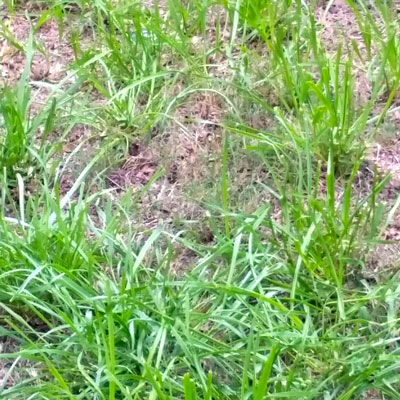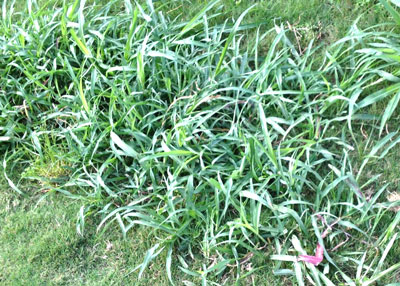Question of the Week – Number One: December 31, 2020


“I have ryegrass in my vegetable garden right now, and I’ve had Johnsongrass in it in the summer. Can I use pre-emergent granules to control them?”
Note: This question was called to one of my radio programs last weekend and it also was sent to my Q&A newspaper column recently without a photo. I’m asked it quite frequently. I’ve had to pull whatever photos I could find to support it. Johnsongrass is the more serious of the two weeds.
The answer is “No.” Most of your vegetable crops will be planted from seed. What would keep weed seeds from germinating would also prevent your vegetable seeds from sprouting. Therefore, you don’t want to use pre-emergent herbicides in your vegetable garden.
Second, the ryegrass is already growing actively, so it’s way too late to use a pre-emergent product on it. They must be applied prior to germination (“emergence” of the weed seedlings). If you were dealing with a lawn area, you would want to treat around September 1.
You will see me writing here about applying pre-emergent granules in March and again in June. Those applications will be to prevent warm-season annual weeds crabgrass and grassburs.
Third, Johnsongrass is a perennial weed. Pre-emergent weedkillers do nothing to help with perennial weeds. They come back from extensive root systems and not from seeds.
Control the existing ryegrass by rototilling with a rear-tine rototiller. Rake out the root systems. Rototill again a week later and repeat the raking. It will soon be gone. Do this before the grass flowers and sets seeds.
While you are tilling and raking you’ll be able to make major inroads on the Johnsongrass roots as well. Rake them out, re-till and rake again.

Once your garden has run its course by mid-summer, spot treat any remaining Johnsongrass plants with a glyphosate-only spray. Allow the grass to grow to 15 inches in height so that it will have considerable amount of leaf surface to absorb the glyphosate spray. By using a glyphosate-only product you will not be contaminating the soil.
